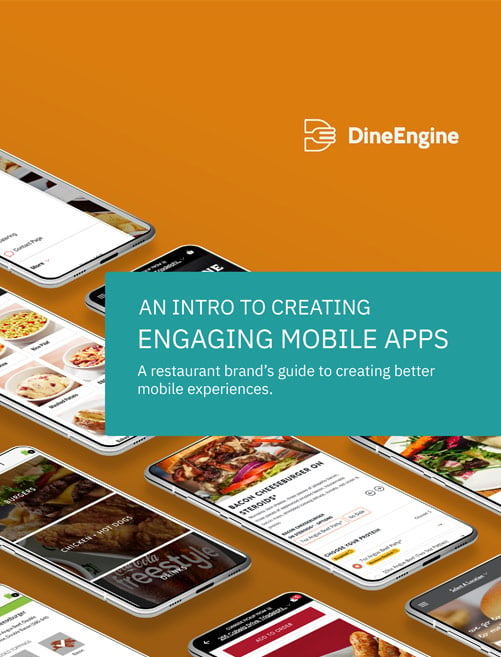Self-service kiosks are the future of restaurants, especially at fast-food and casual eateries. If you’re implementing self-service kiosks, use this formula.
Kiosks don’t just make the checkout process more efficient – they allow customers to have more control over their dining experience.
Are you thinking about implementing self-serve kiosks for your business? Perhaps you’re interested in custom Olo self-service kiosk development?
If so, there are some things you should be aware of. If you’re ready to start your kiosk pilot program, here’s your best plan for success.
Customize The Application
There are plenty of off the shelf app solutions that can be used for your self-serve kiosks, but white label solutions aren’t always a good fit for your brand.
Using an off the shelf solution is probably going to limit your app customization options.
Meanwhile, with custom software, you can ensure that your brand is front and center, you can tweak the look and feel of the app and deliver exactly what your guests are expecting from you.
Surprisingly, customized solutions generally cost about the same as other boilerplate solutions.
So, don’t worry about the costs and instead focus on the technical aspects of getting the kiosk application built right for your brand.
Start Small
If your restaurant is a chain with many locations across the country, you might try rolling out your kiosk app at select locations where you know there’s demand and customers are tech savvy.
If you only have one location, then try installing one kiosk before you order a half dozen, as the hardware cost does add up.
You need to get a sense of how your customers respond to your kiosks, whether they use them, how they use them, and whether they like having them.
Gather Feedback
Before installing additional kiosks or even rolling them out across your various restaurant locations, you’re going to want to get a better sense of customer sentiment.
After checkout, you could prompt users to answer a survey or just rate their overall experience.
You could also have your staff ask them if they ordered using the kiosk and how their experience was.
Gather as much feedback as possible so you can make necessary improvements to your kiosk app technology.
Tweak & Iterate
If overall customer sentiment was positive and it looks like there’s a demand for technology services, then it’s time to make improvements to your kiosks before installing more.
Reference customer feedback during this process. If you collected enough data, you should have a good idea of what needs to be improved.
Having iterated on your original solution, you’re ready to implement kiosk technology at a bigger scale.
Be Prepared To Handle Operational Changes
As quick-service kiosks become more prevalent in your business, you are going to notice some operational changes at your restaurant (s).
For instance, you may not need as many of your employees working at the cash register. But they may be required in other capacities, such as responding to orders with greater efficiency.
Best practices may change, so don’t be afraid to adapt your standard operating procedures to reflect the impact kiosks make on your business.
Budget For The Technology
Kiosks shouldn’t be viewed as a one-time cost. You’re going to need to maintain them, update the technology, improve your app, replace broken units and so on.
So, don’t forget to plan and budget for your kiosks, as there can be many costs associated with them.
Conclusion
Kiosk implementation shouldn’t be done in one fell swoop. You need to carefully consider every detail, both from your perspective and from the customer’s viewpoint. Only then will your implementation ultimately succeed.
If you’re serious about getting your customers to take advantage of kiosk technology, the winning formula is:
Use a custom application + starting small + gathering feedback + tweaking and iterating + handling operational changes + budgeting = long-term success.













0 Comments